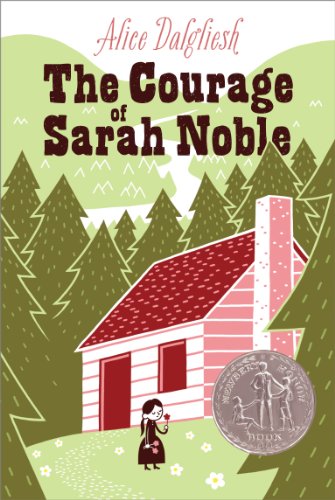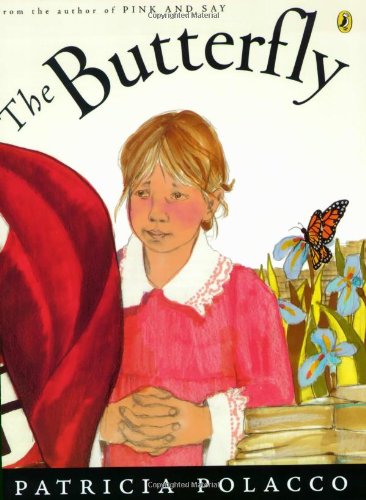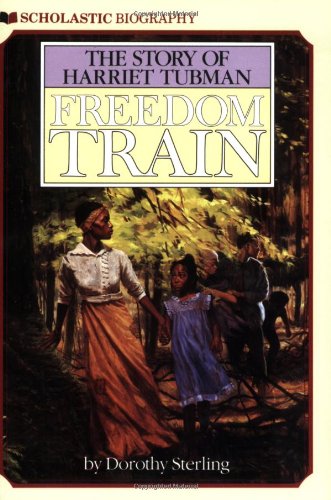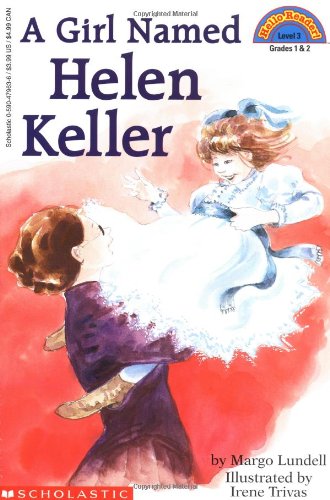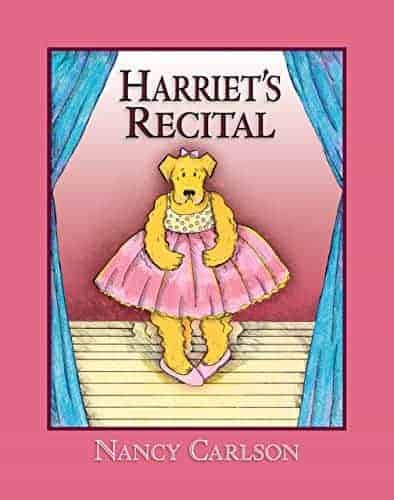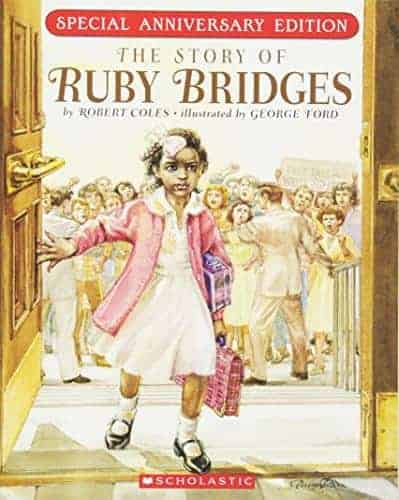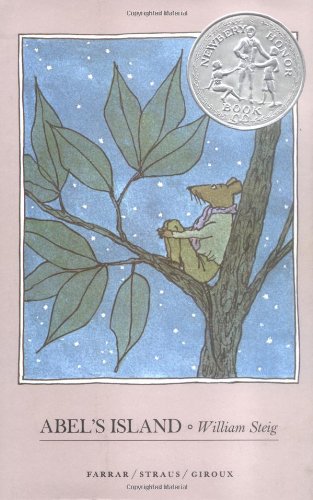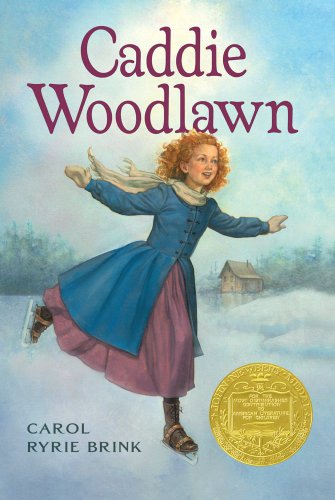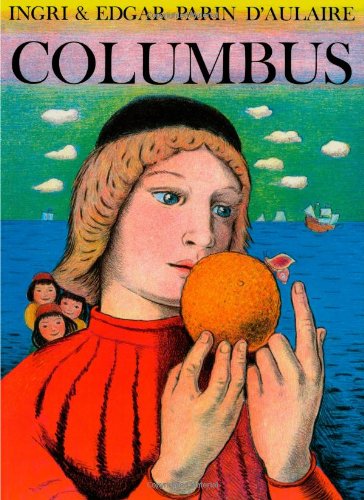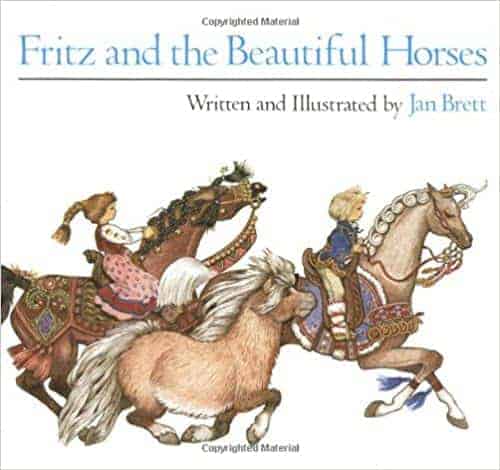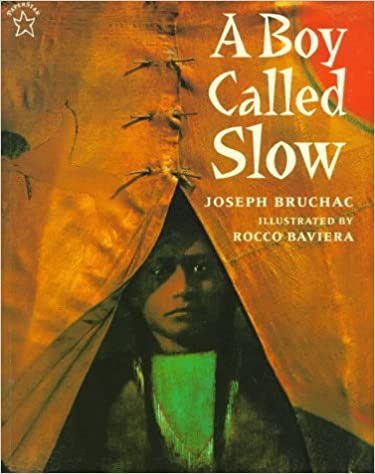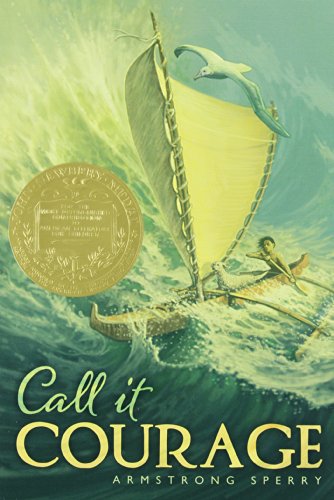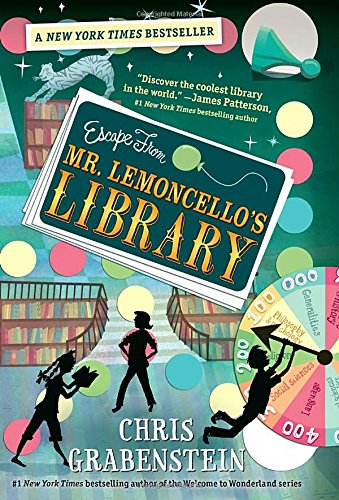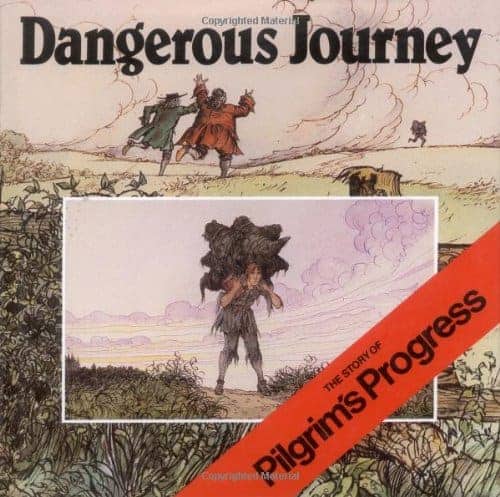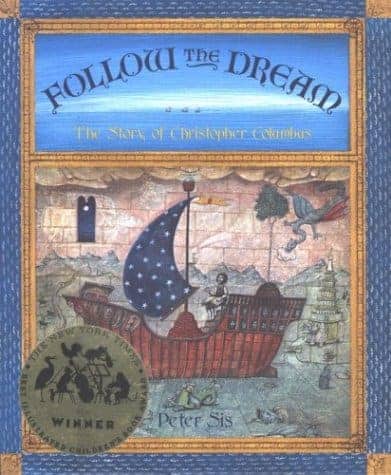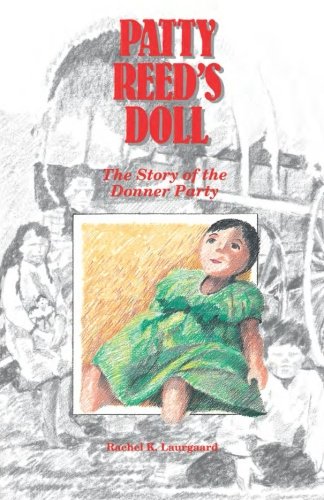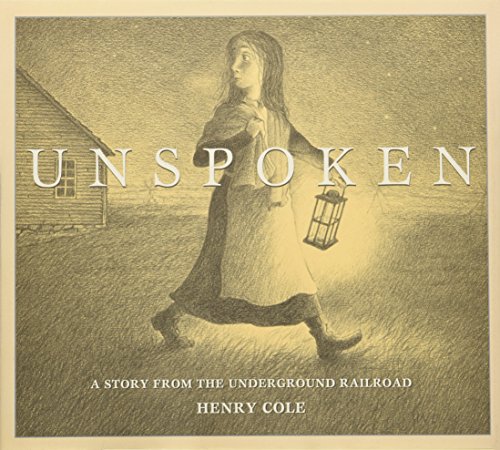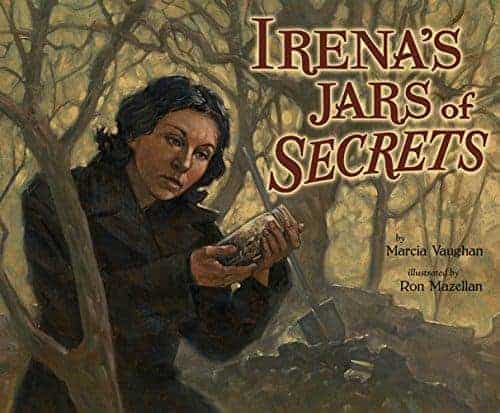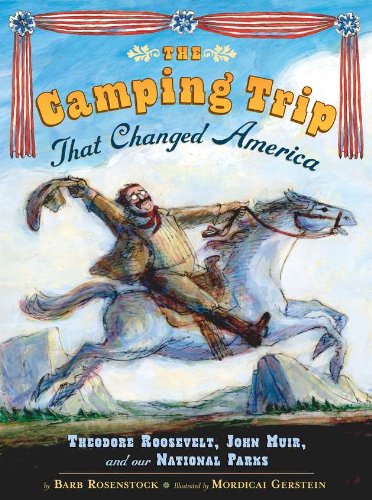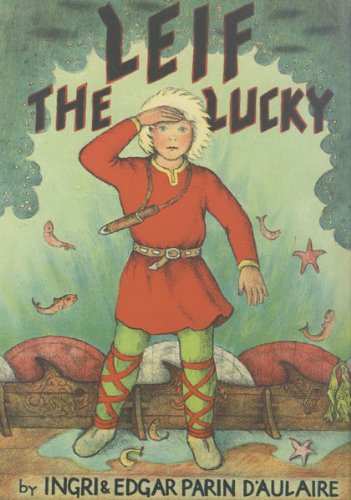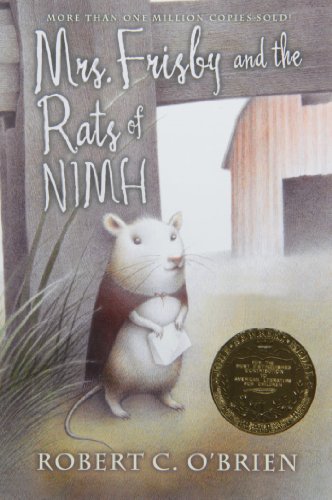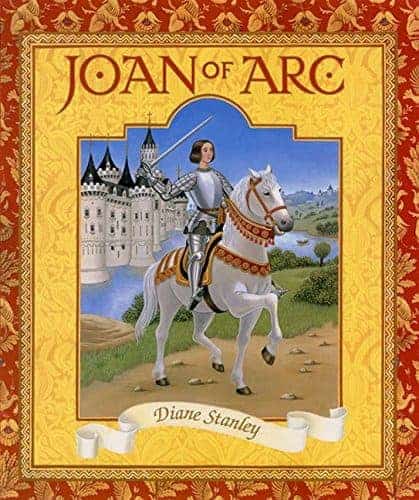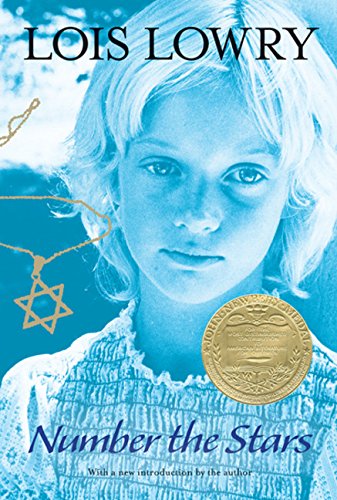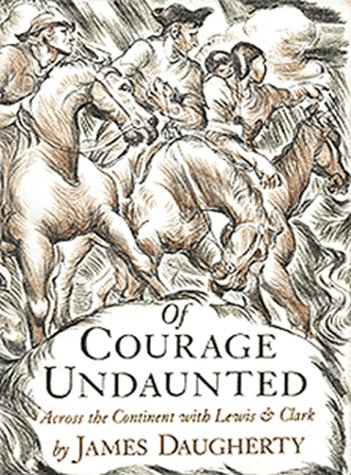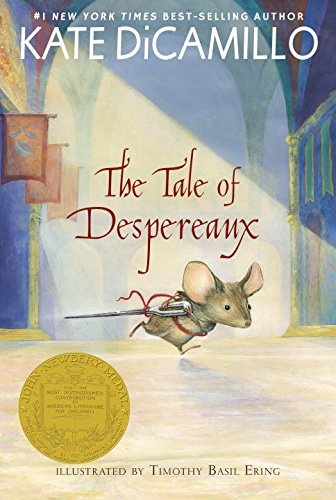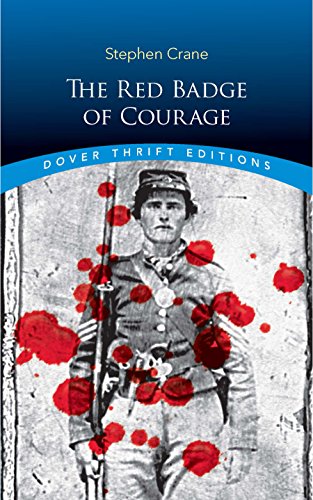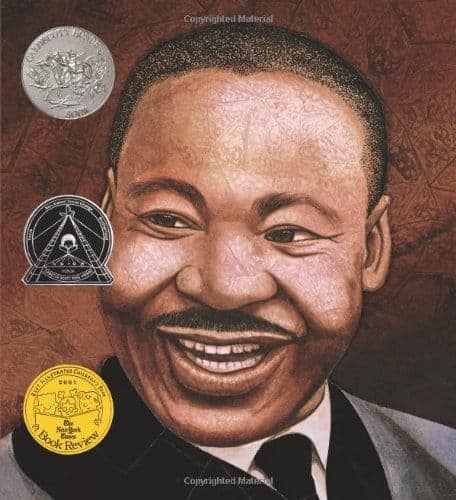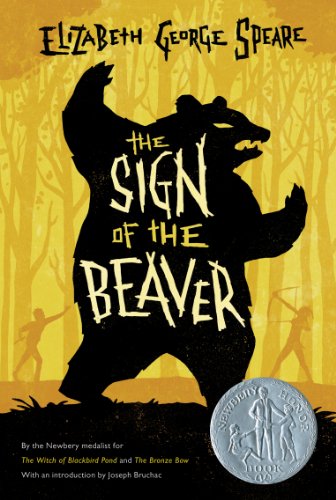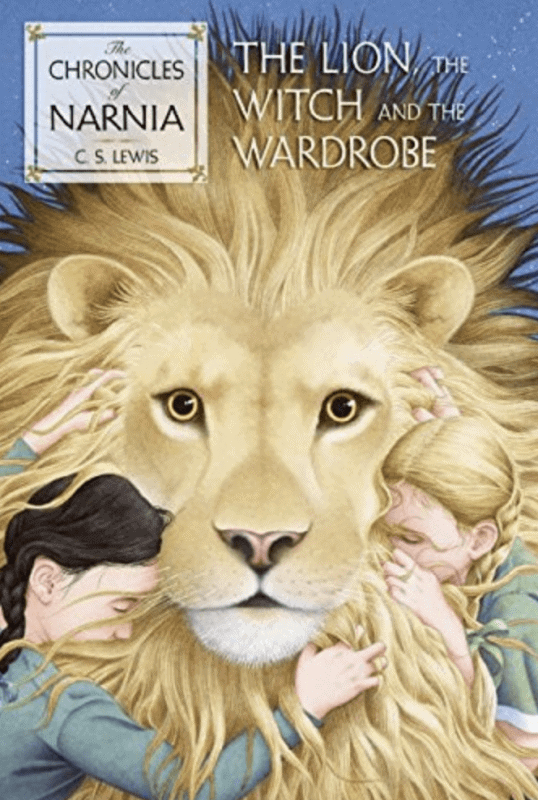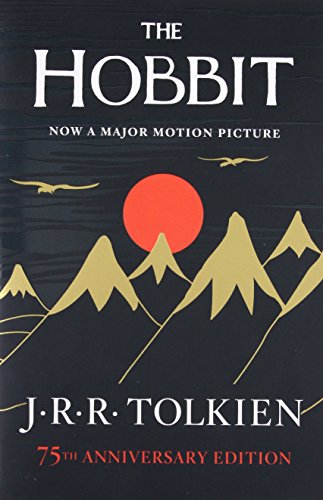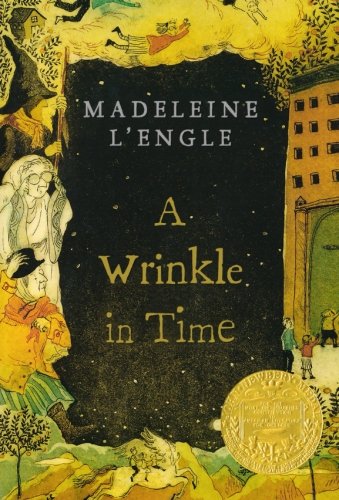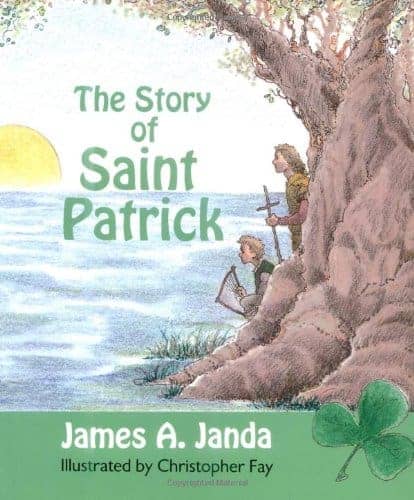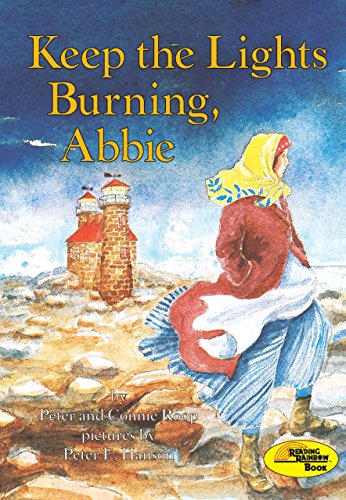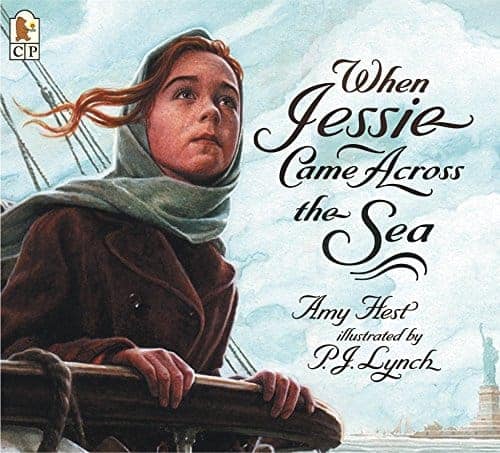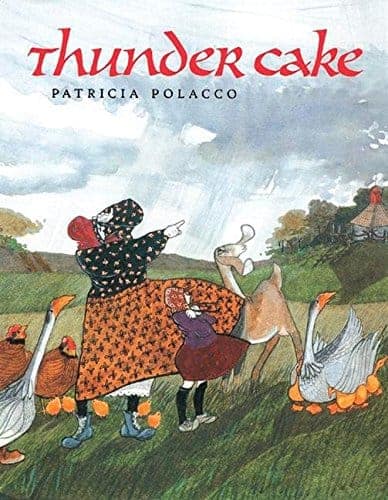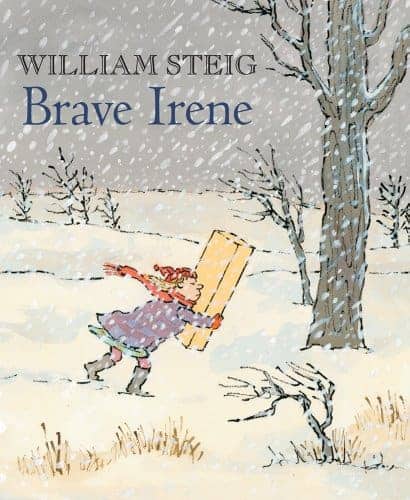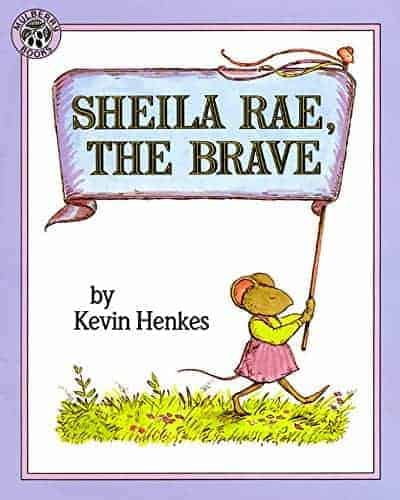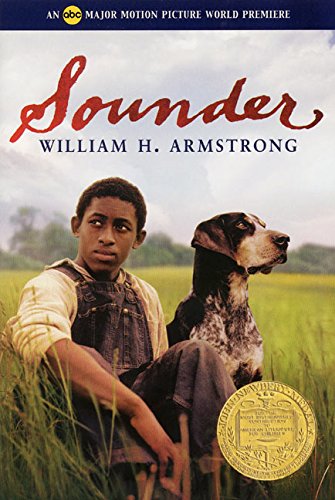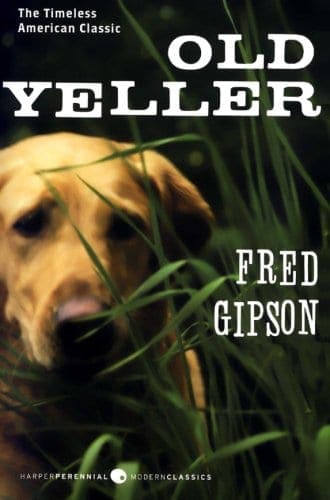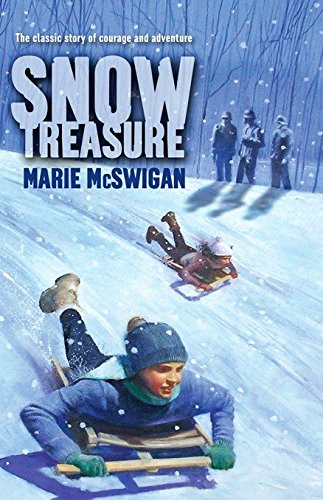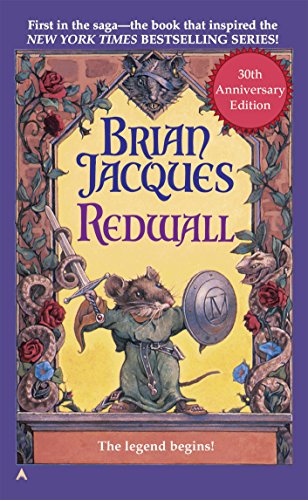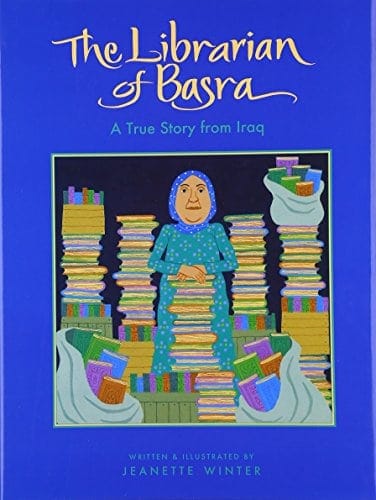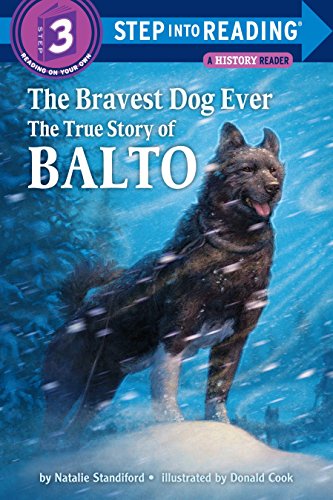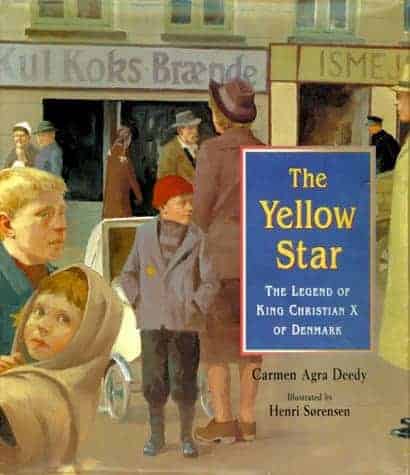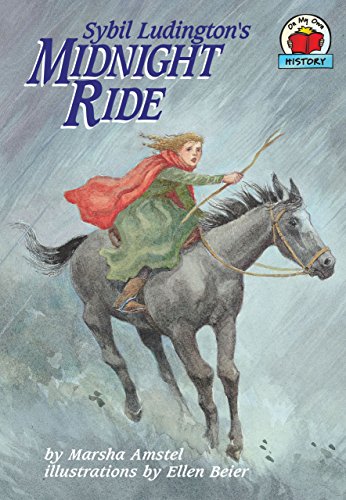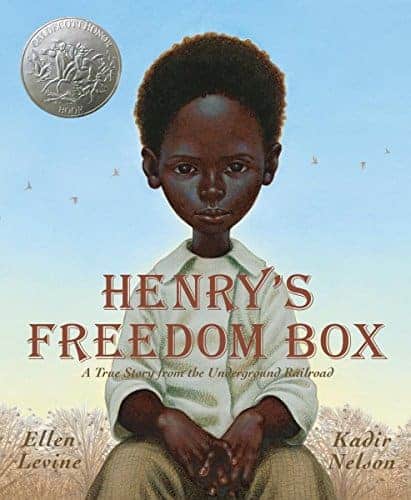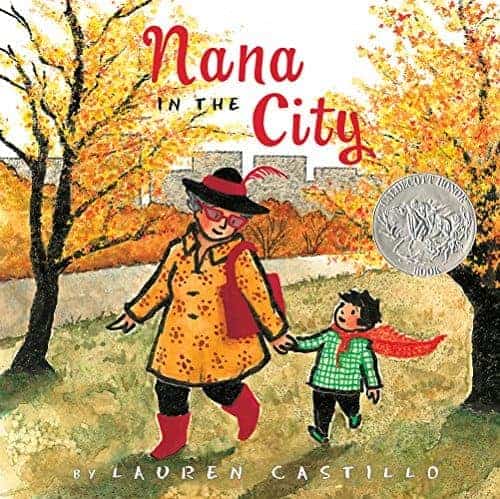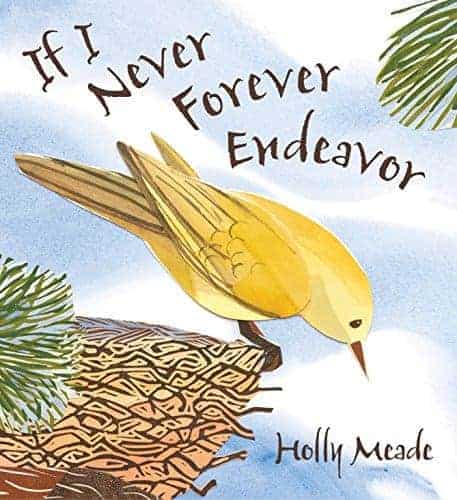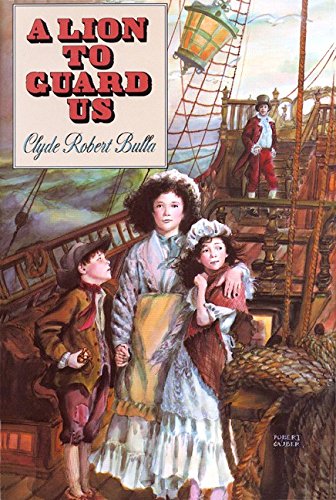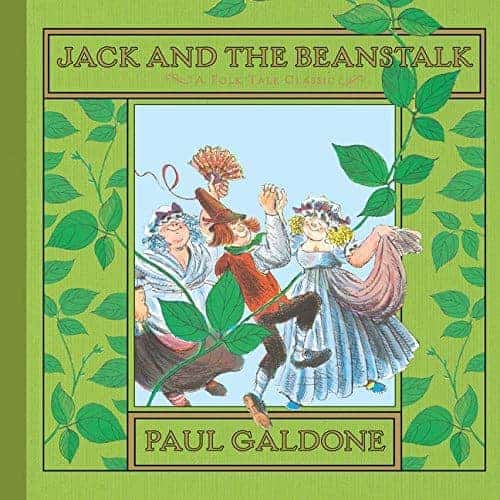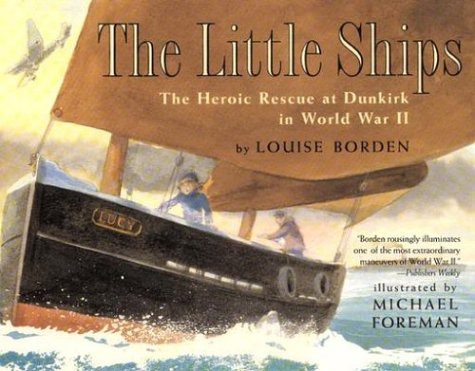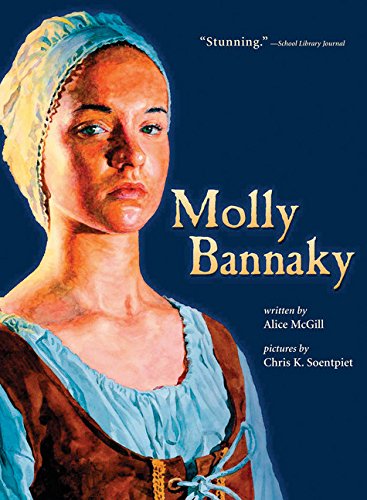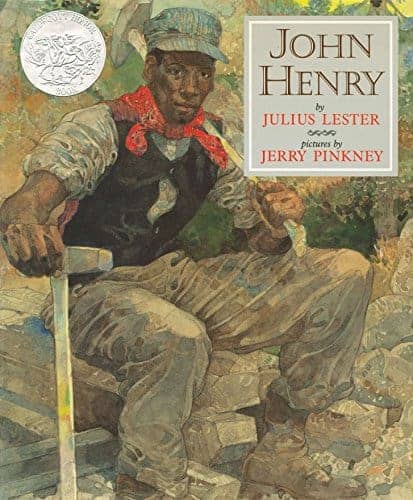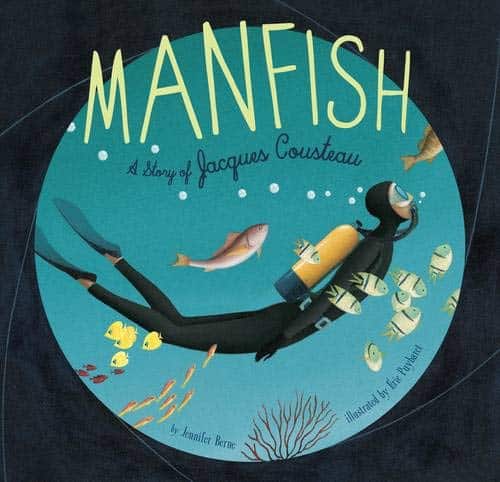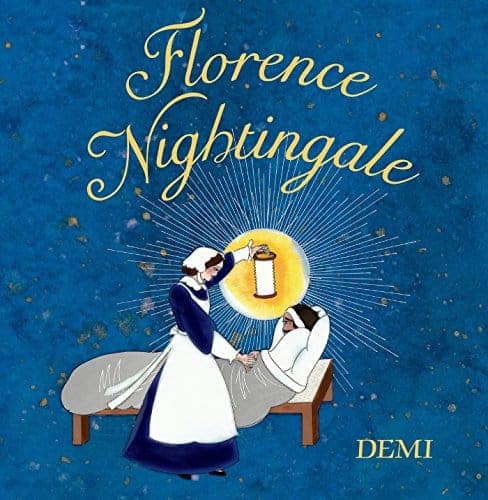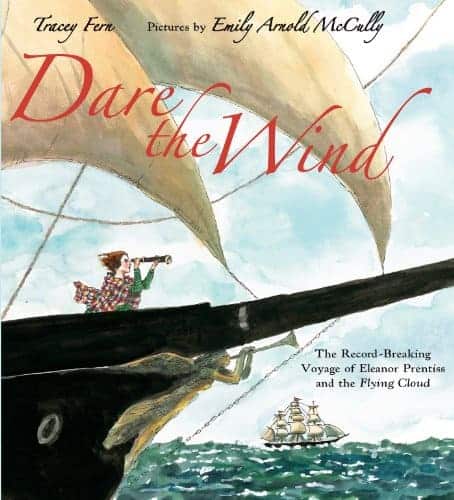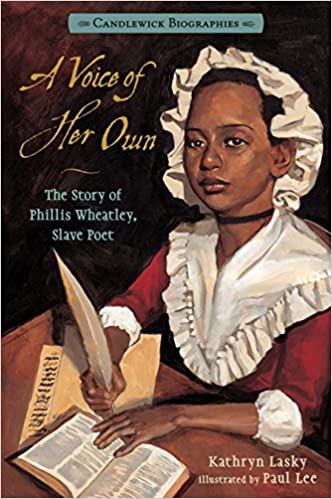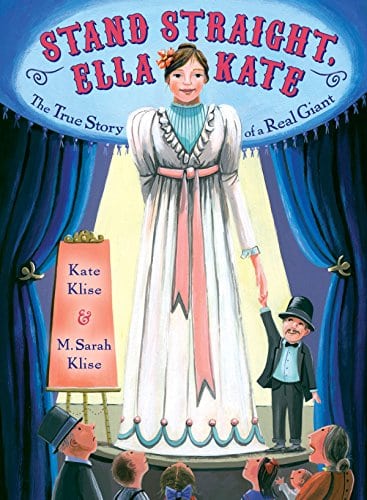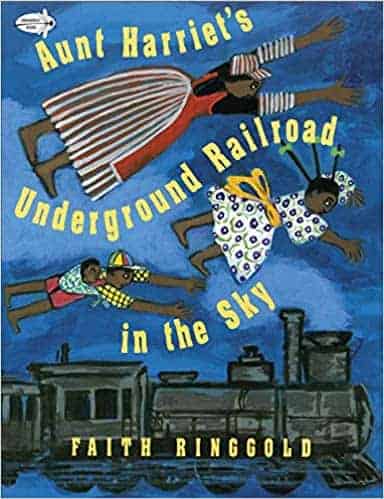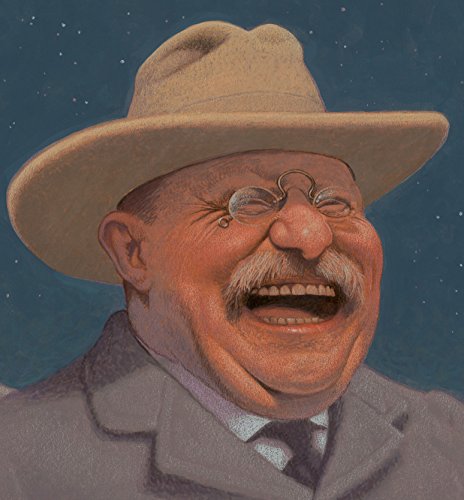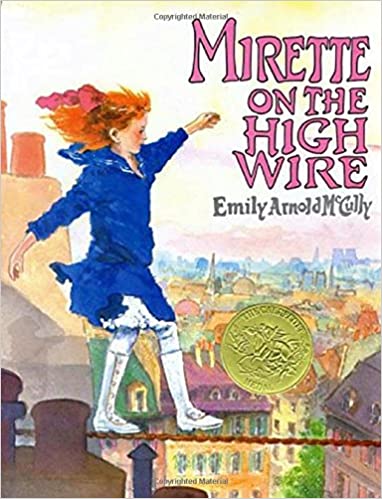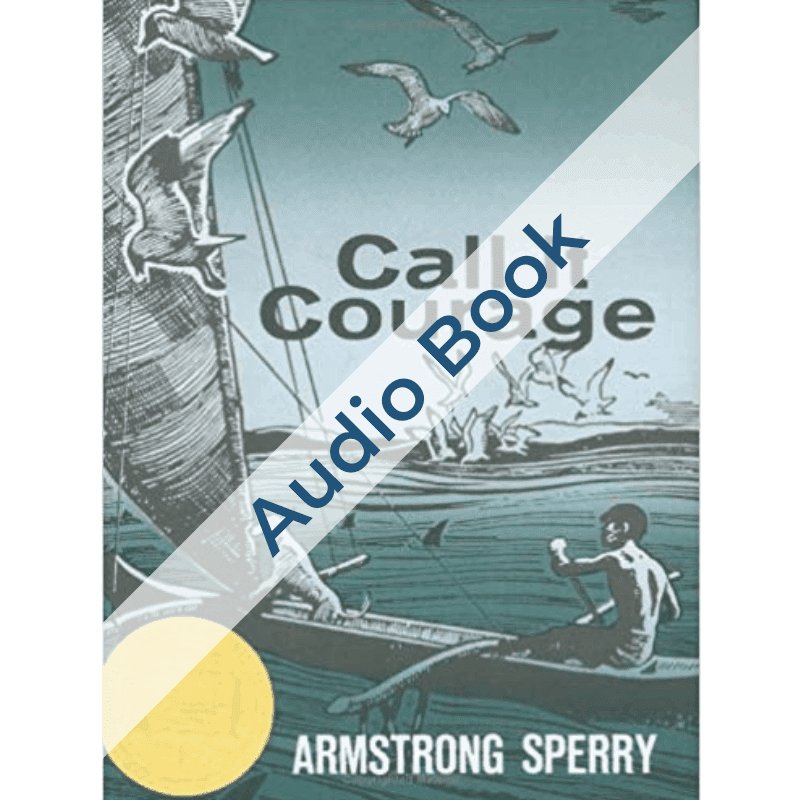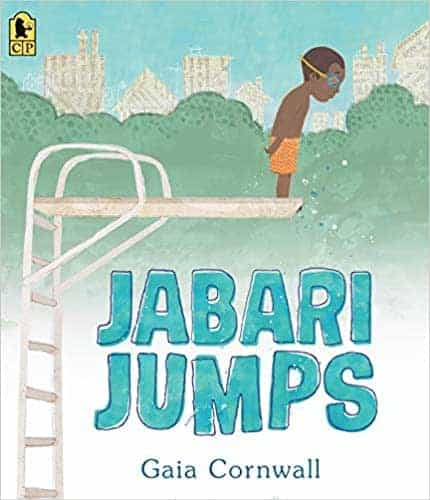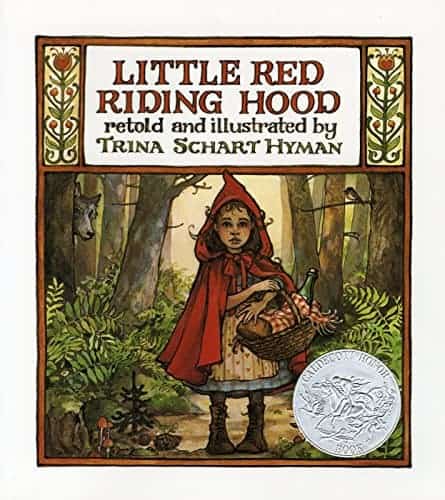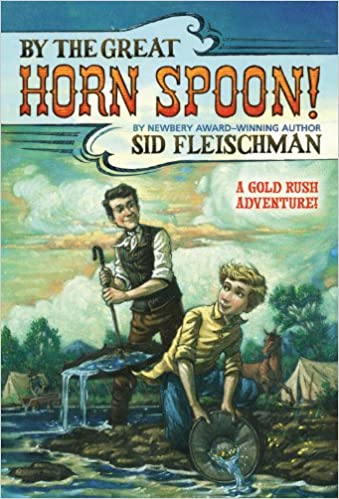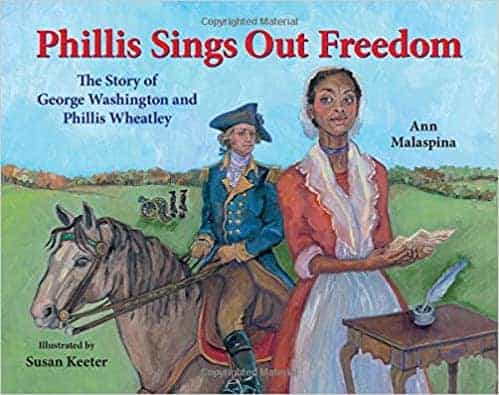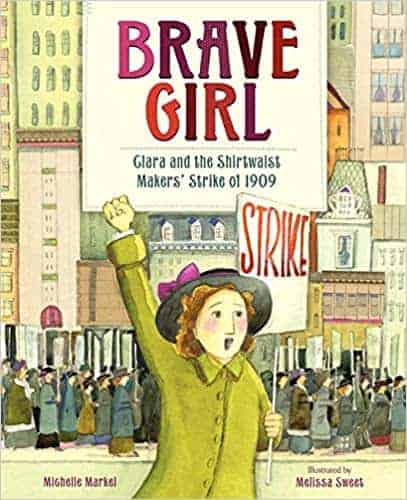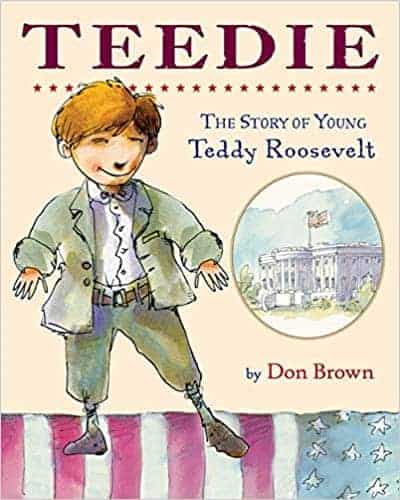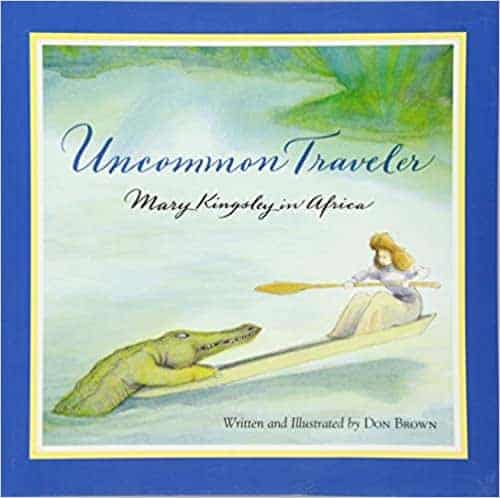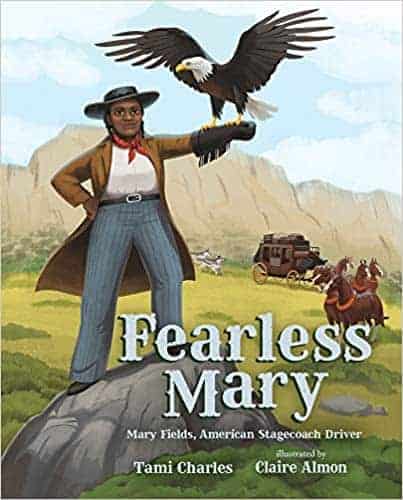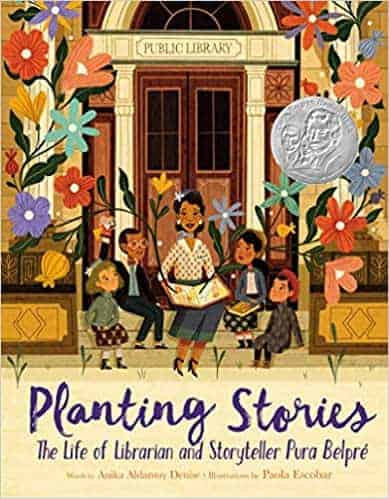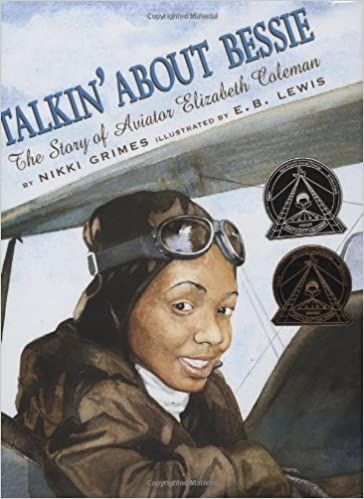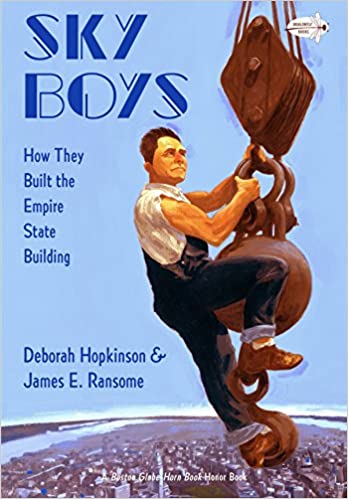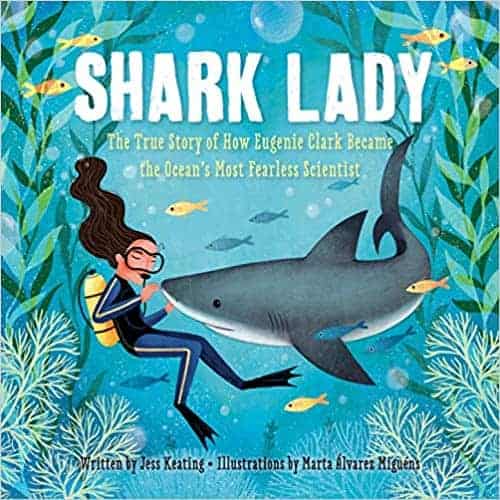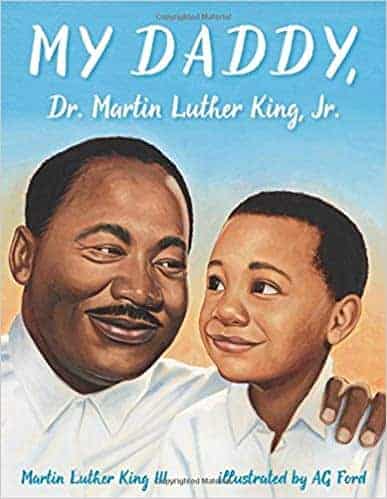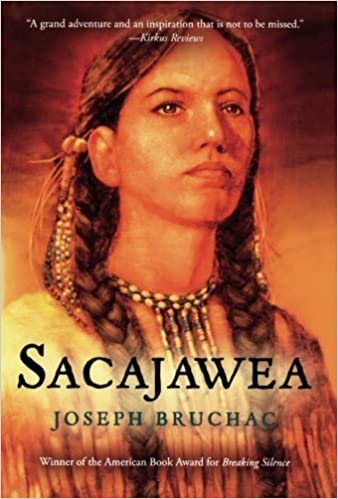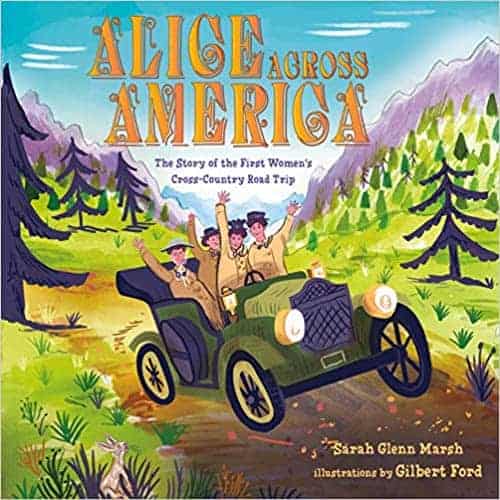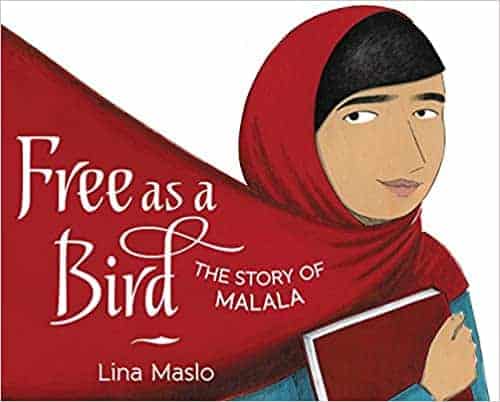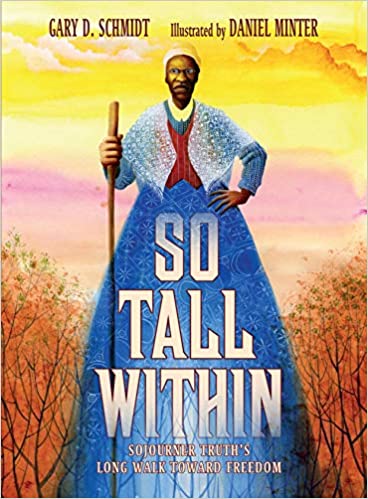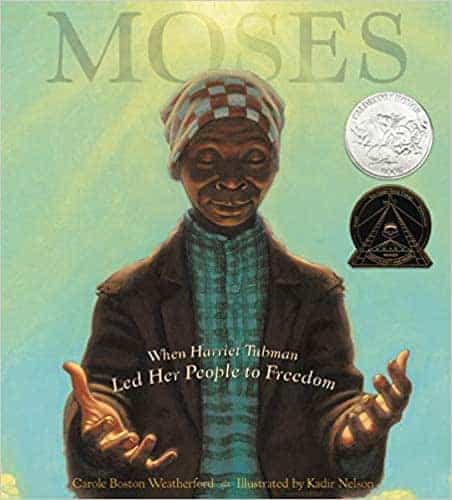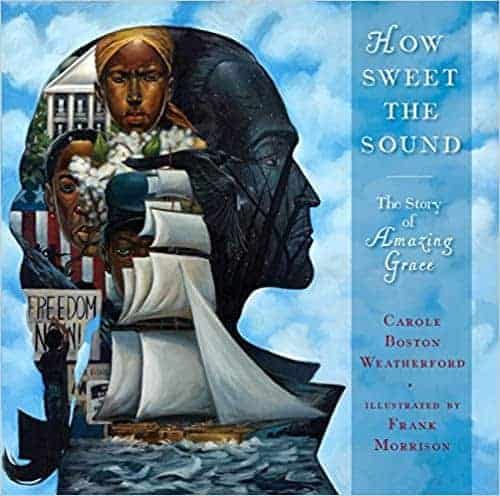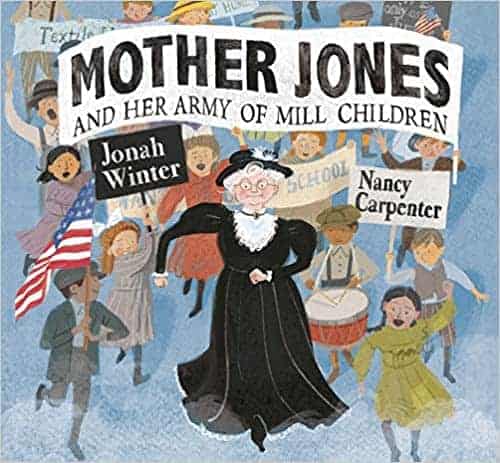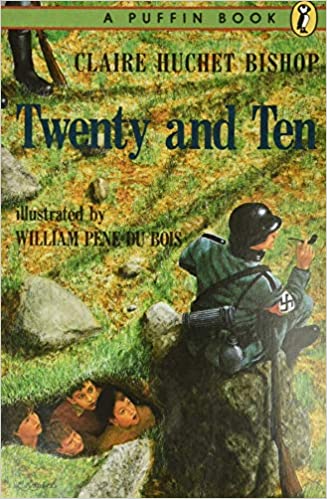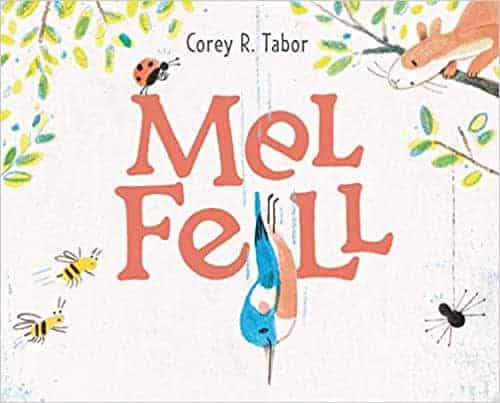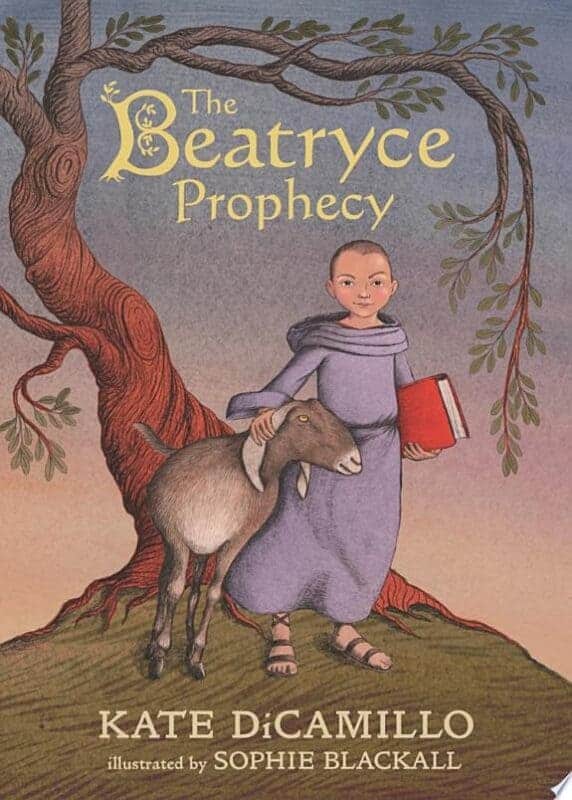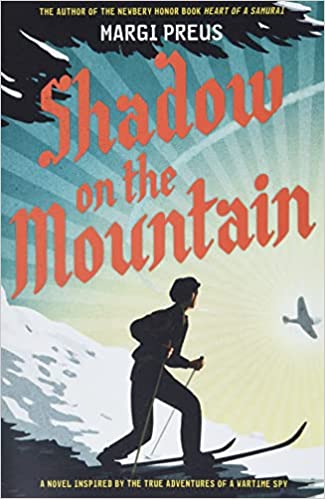The Door in the Wall
This post may contain affiliate links which won’t change your price but will share a commission.
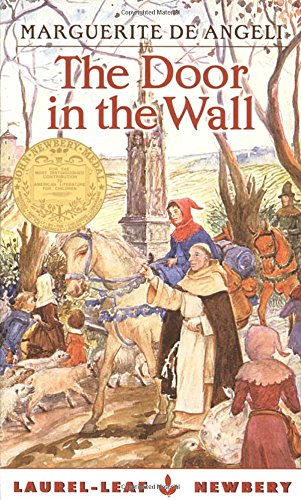
👉 Be sure to check out our accompanying guide: The Door in the Wall Book Guide!
The Door in the Wall takes place in England during middle ages in the 14th century (1500s). This is a time of brave knights, well-defended castles, and peaceful monasteries.
There is a terrible plague sweeping across the country, and young Robin has been crippled from the illness while his parents are away serving the king and queen.
Robin is cared for and educated by a good monk. Eventually, he shows great courage when his friends and family must fight off invaders.
Despite the medieval setting, The Door in the Wall, is a reminder about the power of determination and how we all have an important role to play, regardless of our circumstances.
About the Author:
Marguerite de Angeli was an American writer and illustrator of children’s books, born in Michigan in 1889. An author and illustrator of 28 books, she won the 1950 Newbery Award for her book The Door in the Wall. In addition to her own writing, she illustrated more than three dozen books for other authors. She died in 1987. Read more about the author here.
A Few Reviews:
“This 14th-century adventure book is surprisingly sweet and innocent, considering it includes scenes of battle, privation, and death. Originally published in 1949, and winner of a Newbery award, the story feels dated compared to books published more recently about medieval children’s lives. It contains lots of factual tidbits about castles, transportation, monastic life, warfare, and other topics, carefully woven into the tale. A few of these seem anachronistic, such as the song Robin sings for the king – a song actually only a couple of hundred years old. But in fairness, more is known today about historical accuracy than was known seventy years ago. Robin is an appealing character, though he’s at the far end of the curve in pushing himself to do tasks that are difficult or dangerous for him. The men who sometimes carry him and his crutches on their backs seem astoundingly strong, schlepping the ten-year-old up and down hills and stairs and towers without tiring; this I found somewhat unbelievable. But Brother Luke’s mantra, “Thou hast only to follow the wall long enough and there will be a door in it,” is as insightful and useful today as it was for Robin.
“Kids with disabilities, especially ones like Asperger’s Syndrome that are only partially disabling, have trouble figuring out what to make of their disability. They often have to choose between being held to a high standard they can’t achieve, and getting the “pity treatment” from people who think disability means they can never achieve anything. Their interactions with adults mostly model those two extremes. They don’t often get a chance to think about their disability as it is, with its advantages and disadvantages, or get instruction customized to their strengths as well as their needs. Robin, the protagonist of The Door In The Wall, deals with the same struggle all disabled kids do — trying to find what he “can” do in a world where his abilities don’t quite match up with the set of qualities his society values. He is taught to strengthen himself in all the ways he can, and eventually he finds a way to use his disability to his advantage: “only” a disabled boy with his skill set could do what he did. My son with Asperger’s has really enjoyed this book for the way it portrays disabilities, and after reading it we’ve had many discussions about how the disadvantages of Asperger’s are the flip side of its advantages. (For example, Asperger’s trades off the ability to engage in social interaction for the ability to absorb and recall a large body of information; the latter can be a tremendous advantage and perhaps even lead to future employment.) The Door In The Wall has encouraged my son to view himself in a positive light, disability and all, and find activities that play to his unconventional strengths.”


